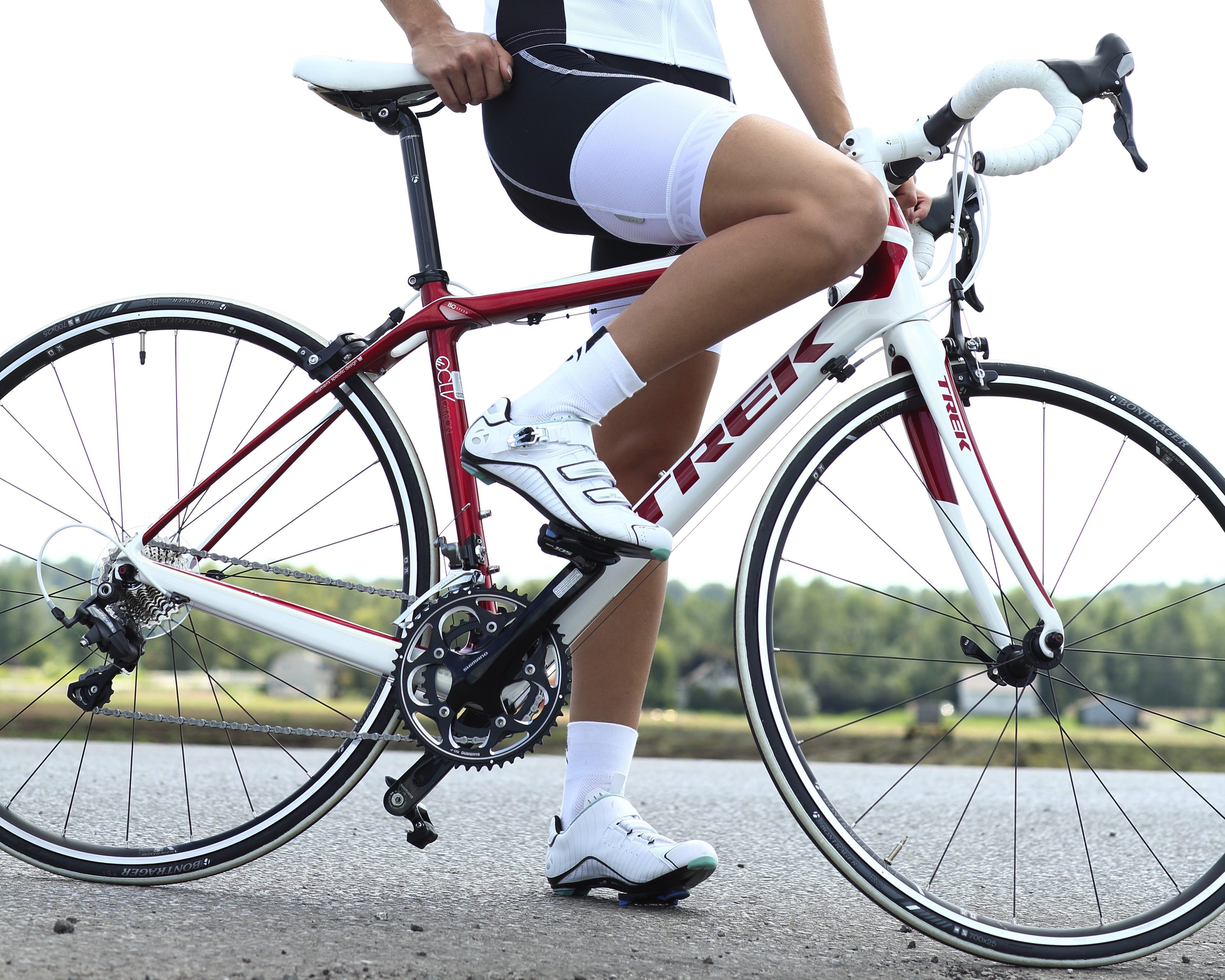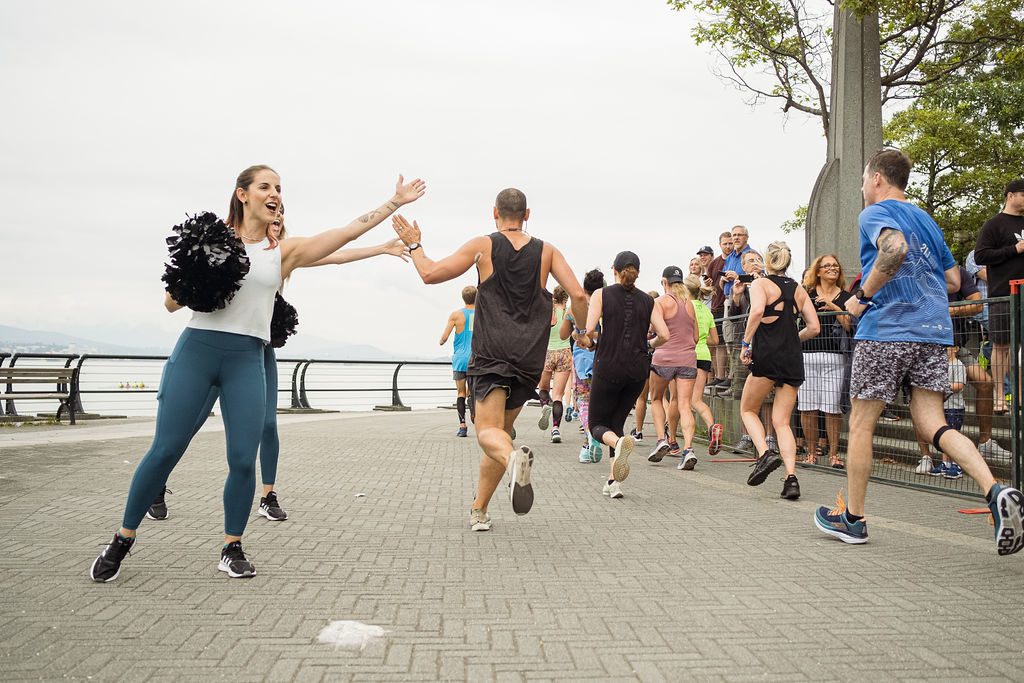What runners can learn from British cyclists and marginal gains
Making one per cent improvements in multiple areas of training can help you become a better runner overall

In the early 2000s, British Cycling had an unimpressive competition resume that featured just one Olympic gold medal in almost 80 years of racing. That all changed at the 2008 Games in Beijing, and since then, the British team has won 38 cycling medals, 22 of which have been gold. What changed? How did British cyclists go from a just-happy-to-be-here mentality to podium-or-bust? According to an October 2015 article from the Harvard Business Review (HBR), British Cycling adopted a theory of marginal gains, focusing on one per cent improvements rather than massive ones. Most runners may not be shooting for Olympic glory, but here’s how you can apply this theory to your own athletic career.

Think small
British Cycling began to focus on marginal gains after Sir Dave Brailsford took over as head of the organization in 2002. “When we first started out, the top of the Olympic podium seemed like a very long way away,” he told the HBR. “It struck me that we should think small, not big, and adopt a philosophy of continuous improvement through the aggregation of marginal gains. Forget about perfection — focus on progression and compound the improvements.”
RELATED: What runners can learn from Novak Djokovic
Brailsford and his team looked at every part of a cyclist’s life — both inside and outside of training — and worked to improve each aspect by one per cent. They noticed that there was a fair amount of dust on the floor of their team truck, which was negatively affecting bike maintenance. “We painted the floor white, in order to spot any impurities,” Brailsford said. They hired a surgeon to teach their athletes how to properly wash their hands so they could avoid getting sick in training and at competitions. They broke down aspects of nutrition, they made sure their cyclists slept on the same mattresses and pillows every night, no matter where they were sleeping. They covered everything.
https://www.instagram.com/p/BpboV3unFFs/?utm_source=ig_web_copy_link
“We searched for small improvements everywhere and found countless opportunities,” Brailsford said. Individually, washing your hands well or sleeping on a familiar mattress might not improve your performance too much, but all of these small adjustments will add up to help you on a big scale.
RELATED: What runners can learn from golden retrievers
Remember the bigger picture
After focusing mainly on track cycling, Brailsford shifted his attention to the roads, where, at first, his team “didn’t get it right at all.” He realized that they had been “focused on the peas, not the steak. We tried so hard with all the bells and whistles of marginal gains that our focus was too much on the periphery and not on the core.”
As important as these small adjustments can be, you still have to remember to pay attention to the bigger picture. If you adopt this theory of marginal gains for your running, don’t think that you can slack in training. One per cent gains are great ways to improve, but you still have to put in the work for those 10 and 20 per cent improvements, too.

Runners are always looking for a competitive edge, so why not give this approach a try? It worked well (really well) for British cyclists. You might not end up on the Olympic podium because of these marginal gains, but that doesn’t mean it isn’t worth a shot.


